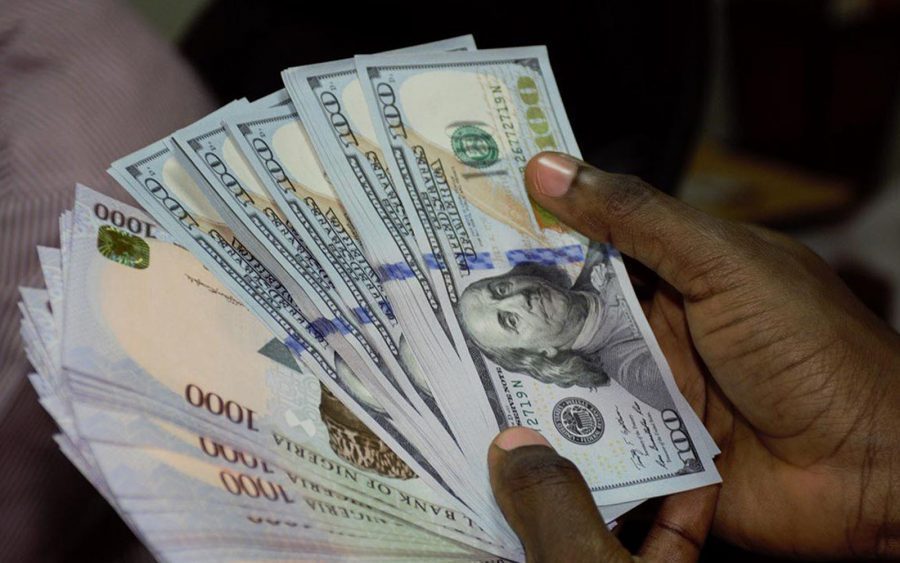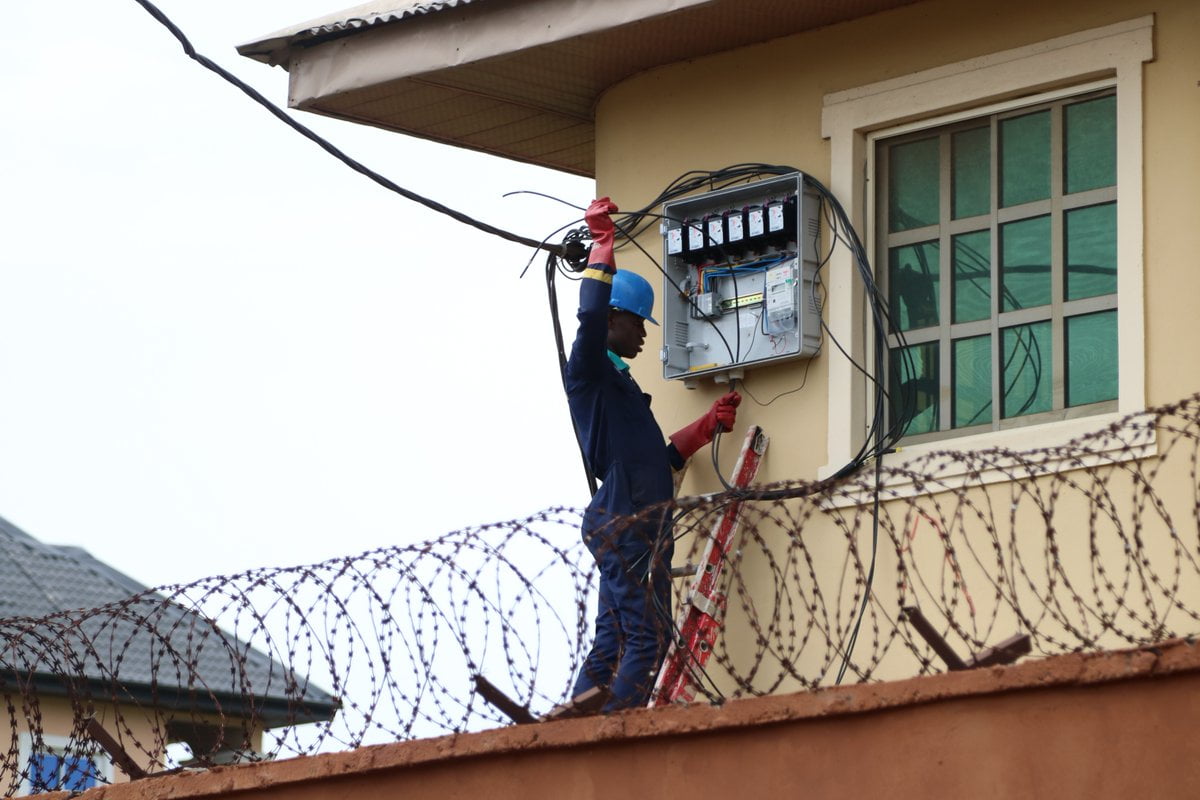US oil prices dived to 21-year lows Monday, giving up more than 30 percent in a market flooded with crude and hit by evaporating demand in the face of the coronavirus pandemic.

The US benchmark West Texas Intermediate (WTI) crude for May delivery tanked more than 32 percent to $12.41 — the lowest level since 1999.
Trade, however, and the very sharp losses were technically driven as investors closed out their positions ahead of the May contract expiry due later Monday so that they would not be obliged to actually take delivery of the oil.
“The real problem of the global supply-demand imbalance has started to really manifest itself in prices,” said Rystad Energy analyst Bjornar Tonhaugen.

“As production continues relatively unscathed, storage is filling up by the day. The world is using less and less oil and producers now feel how this translates in prices.”
The European benchmark contract, London Brent North Sea oil for June delivery, was meanwhile down 3.8 percent at $27.01 per barrel.
Signs that the coronavirus may have peaked in Europe and the United States failed to lift Asian and European financial markets generally.

Traders are instead becoming more and more concerned that oil storage facilities are reaching their limits, as stockpiles continue to build owing to the crash in demand caused by the COVID-19 pandemic.
WTI was hit particularly hard as its main US storage facilities in Cushing, Oklahoma, were filling up, with Trifecta Consultants analyst Sukrit Vijayakar saying refineries were not processing crude fast enough.
There are also plenty of supplies from the Middle East with no buyers as “freight costs are high”, he told AFP.
Some analysts predict that WTI could soon test 1998 lows of just $11.
AxiCorp’s Stephen Innes said: “It’s a dump at all cost as no one… wants delivery of oil, with Cushing storage facilities filling by the minute.

“It hasn’t taken long for the market to recognise that the OPEC+ deal will not, in its present form, be enough to balance oil markets.”
Stock markets were mostly lower despite governments starting to consider how and when to ease the lockdowns that have crippled the global economy.







































Leave a comment